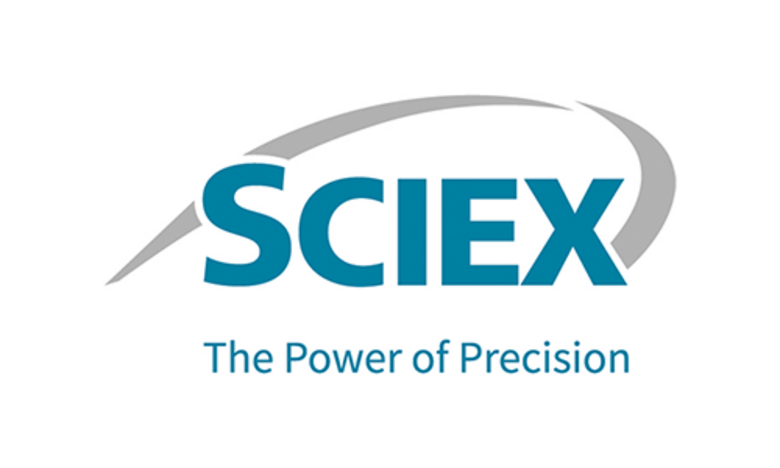Speaker 1: Jochen Schwenk, Professor, KTH Royal Institute of Technology
New frontiers for the circulating proteome
The circulating proteome has long been regarded as one of the most useful sources for exploratory and diagnostic research. Recent technological advancements in mass spectrometry and affinity-based assays have enhanced study scales, sample throughput, and consistency in protein quantifications. However, challenges remain in understanding its biological complexity, and there is a need to emphasize best practices that incorporate pre-analytical factors, inter-individual variation, and genetic associations into our investigations. Recognizing sources of bias from preparatory, biological, and pathological factors is essential for meaningful and sustainable data interpretation, particularly alongside other data types. Longitudinal resampling can minimize confounding and provide insights into the proteome connections over time - but these studies pose coordination challenges. Large-scale studies offer opportunities to explore previously unseen physiologies, and their statistical power allows for the integration of proteomics with other data types - but these efforts require significant resources. Never before has there been more data about blood proteins than today, and technological advances and new tools in computational science have the potential to enhance our previous knowledge. Therefore, it is time to adopt a broader proteome classification framework, explore new relationships between detection, concentration, and function, and integrate innovative sampling strategies to better understand human health and disease.
Speaker 2: Christopher Foley, Managing Director (Chief Scientist), BioXcelerate AI
How AI and Protein Patterns Are Changing Disease Prediction: Blood protein assessment of leading incident diseases and mortality in the UK Biobank
In this presentation, we review a recent breakthrough in predicting risk of age-related diseases. Using trusted machine learning methodologies, we test and summarise relationships between 1,468 Olink protein levels and the incidence of 23 age-related diseases and mortality in the UK Biobank (n = 47,600). Next, we review the development of protein-based scores (ProteinScores) using penalized Cox regression. When applied to test sets, six ProteinScores improve the area under the curve estimates for the 10-year onset of incident outcomes beyond age, sex and a comprehensive set of 24 lifestyle factors, clinically relevant biomarkers and physical measures. Furthermore, the ProteinScore for type 2 diabetes outperforms a polygenic risk score and HbA1c—a clinical marker used to monitor and diagnose type 2 diabetes. This research represents a promising step forward in risk prediction: augmenting traditional risk factors with proteomic, metabolomic and genetic data types may further hone risk stratification. Being able to detect early warning signs for a broad set of conditions may lead to opportunities for early intervention and prevention, potentially marking a significant moment in healthcare research.
Speaker 3: D. R. Mani, Director of Computational Proteomics, Broad Institute of MIT and Harvard
Disease-state and progression biomarker discovery in multiple myeloma plasma
Multiple Myeloma (MM) develops from well-defined precursors—Monoclonal Gammopathy of Undetermined Significance (MGUS) and Smoldering Multiple Myeloma (SMM)—where patients remain stable or may rapidly progress. Bone marrow (BM) biopsies are used for staging and identifying high-risk genomic abnormalities associated with progression. However, BM biopsies are invasive and cannot be repeated often for monitoring tumor burden in the precursor setting, and these patients are limited to monitoring a few markers within peripheral blood (PB) for signs of progressive disease. Deep proteome profiling of PB plasma may advance non-invasive precursor disease staging, monitoring, and characterization. Precursor patients are currently monitored via a few peripheral blood biomarkers for signs of progressive disease. Plasma proteome profiling to identify effective biomarkers has been hindered by the wide dynamic range of plasma and often low abundance of disease-specific markers. Here we performed the first comprehensive analysis of the plasma proteome of MM and its precursor conditions using the Olink proximity extension assay (PEA) that targets ca. 3000 proteins. We profiled 529 PB plasma samples from 485 individuals, including MGUS (n=100), SMM (n=203), MM (n=100), and age-matched healthy donors (HDs) (n=82). Samples from patients with progressive disease (n=32) and stable precursor disease (n=32) with matched clinical follow-up time were also profiled. Analysis of the data enabled us to develop a classifier that utilizes plasma proteins alone to accurately classify disease stages and identified a prognostic protein signature associated with progressive disease. Advancements are underway to validate our high-risk disease candidates, test the performance of an improved risk stratification model in external cohorts, and determine how best to implement proteome profiling into clinical practice.





















